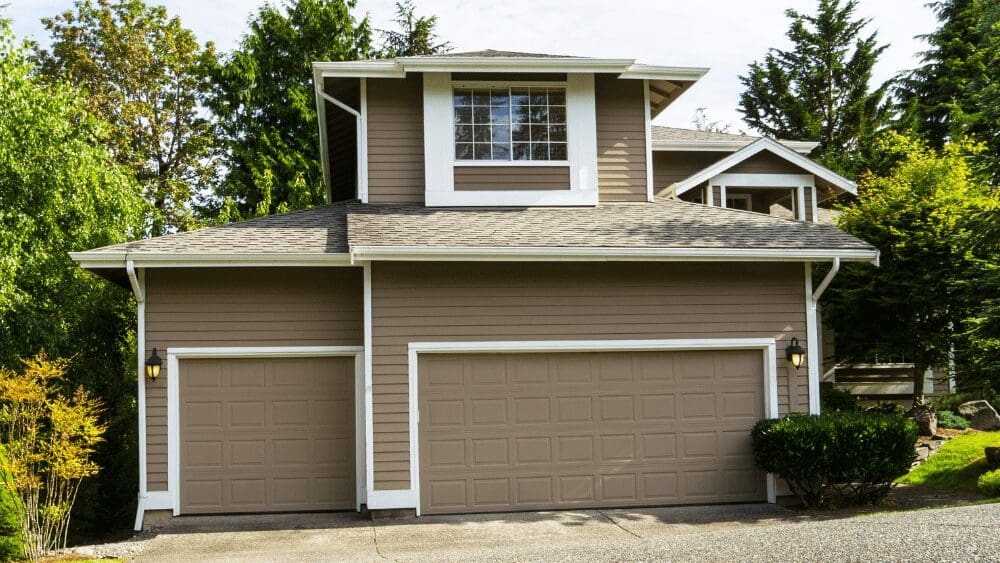
If your credit isn’t perfect, or other issues prevent you from buying a home today, then a rent-to-own home contract might sound like the perfect solution. With a rent-to-own contract, you typically lease a home for a specified period with an option to purchase when the lease is up. That gives you a chance to clean up your credit or save for a down payment while living in a house you plan to own. However, before signing the rent-to-own contract, be aware that the contract is different — and more complex — than any regular lease you’ve signed. Read it carefully, and be sure you understand precisely what you’re signing. To help you understand the differences between a rent-to-own contract and a regular rental contract, we’ve spoken to a real estate agent and attorney who has handled several such deals, read sample contracts, and then collected the highlights around what you need to know. Rent-to-own home contracts come with risks for both the buyer and seller, says Ruth Wordelman, a longtime real estate agent in Colorado Springs who is also a licensed attorney. She has more than 20 years of real estate experience and has worked with over 77% more single-family homes than the average Colorado Springs agent. She has also handled several rent-to-own contracts for clients. The biggest risk comes with pricing because the buyer and seller must agree today what the home’s price will be one, two, or three years down the road when the lease is up. If home prices rise substantially, the seller is leaving money on the table, she notes. If prices drop, the buyer is overpaying and may have trouble getting a loan. The situation is made muddier because most RealtorⓇ boards don’t issue a standard rent-to-own contract. “I would recommend having an attorney review and explain all the risks to either party,” Wordelman says. Unlike a standard lease for a rental house, the rent-to-own agreement generally includes two parts, a rental lease and an option-to-purchase agreement. They can be two separate documents or combined into one. The rental lease portion should spell out the duties of the renter and landlord, with typical clauses covering topics such as the amount of rent, when it’s due, and whether the landlord requires you to maintain renter’s insurance. The option-to-purchase spells out the agreed-upon price for the house, proposed closing date, when you need to secure financing, and other details about a future sale. Be sure you’re signing an option-to-purchase and not a lease-purchase agreement. What’s the difference? The rent-to-own contract has many clauses, and you may want to negotiate some of them to better accommodate you in case problems crop up. It’s not unusual for a rent-to-own lease to extend for two or three years. If you’re cleaning up your credit, you may appreciate the time to pay down debt. Before signing, negotiate what will happen if you want more time to work on your credit. The agreement doesn’t have to cover an extended period, however. Wordelman had a client who signed a six-month rent-to-own agreement, allowing the buyer to complete a divorce before acquiring the house. In a typical rental contract, you don’t usually get the property professionally inspected. But with a rent-to-own contract, it’s advisable to get a home inspection before signing. You need to know the home’s condition to assess whether you’re getting a good deal or whether the property is in poor condition. Information from an inspection can also be helpful if the seller wants you to take over some or all of the home maintenance (more on that later). The contract must contain a price for the house, which means you must decide today what you’d be willing to pay for a house one, two, three, or more years in the future. Both the buyer and seller are taking a risk here. If the economy tanks and home prices fall before the sale date, the buyer could be locked into a price for more than the house’s fair-market value. In that case, they may have trouble getting a loan because of a low appraisal. For sellers, the risk is that the local housing market will heat up before the sale date, causing local prices to jump. In that situation, the seller could have gotten more money by selling on the open market. Another way that a rent-to-own home contract differs from a regular rental agreement is the upfront fee. The upfront fee is similar to earnest money when you buy a house, and it may be applied to the purchase when the sale closes. However, if you back out of the deal, the money may not be refundable. Again, read the contract to ensure the money applies to the sale and whether it’s refundable. Because sellers want the deal to go through, they use a hefty upfront fee so that the buyer has “skin in the game,” Wordelman explains. “The seller wants the buyer to put in a lot of money so they won’t back out.” Her divorcing client put up $50,000 as a nonrefundable upfront fee, which was credited to the purchase when he went through with the deal. Typically, upfront fees range from between 2.5% and 7% of the sales price. In some cases, the seller will charge rent higher than the going rate and promise to apply the extra money as a purchase credit or down payment. The money should be kept in an escrow account. Check the contract to be sure all the extra money you’re paying will be credited to the purchase. And remember that if you walk away from the house without buying it, you could lose all the extra money you paid. Also, beware that being late on your rent doesn’t just mean facing a late fee in some rent-to-own contracts. Instead, paying your rent late can result in you losing the option to purchase entirely, plus losing all the extra rent and upfront fees you paid. Some rent-to-own home contracts require the renter to take over home repairs. In a typical rental agreement, the renter may be responsible for basic maintenance such as mowing the lawn, but repairs to the home itself are the owner’s responsibility. Sellers in a rent-to-own situation may argue the future buyers will reap the benefit of the repairs, so they should pay for them. They also believe the buyer has a vested interest in keeping the home in good shape. Of course, if you end up not buying the house, you also lose the money you put into the repairs. You can negotiate who is responsible for the upkeep, but the contract needs to be very clear on issues such as who pays to replace the water heater should it break, Wordelman says. The rent-to-own contract may also require the renter to pay the property taxes for the home. If you agree to this, be aware that you can’t claim the property tax deduction on your federal income tax return unless you own the property. The owner may also expect the renter to pay any homeowner association fees, and the renter can negotiate this arrangement. You need a carefully constructed lease to protect both parties in a rent-to-own home deal. Wordelman says, “You should hash out in advance how things will be resolved” in a variety of situations, such as the renter failing to keep up their renter’s insurance. The Georgia Bar Association’s model lease with option-to-purchase contract suggests having terms and conditions covering: The Federal Trade Commission warns that rent-to-own homes can also be a scam. Possible scams include: Work with experienced professionals — real estate agent, attorney, and home inspector — to confirm that the rent-to-own home contract is a fair deal for you. Otherwise, the rent-to-own process that sounded like a perfect solution could bring you bigger problems than you signed up for!Buyer (and seller) beware
Rent-to-own home contracts
Differences to consider
1. Length of rental agreement
2. Inspection required
3. Future sales price
4. Upfront fee
5. Above-market rent
6. Maintenance
7. Other fees
Additional points to negotiate
Beware of scams



